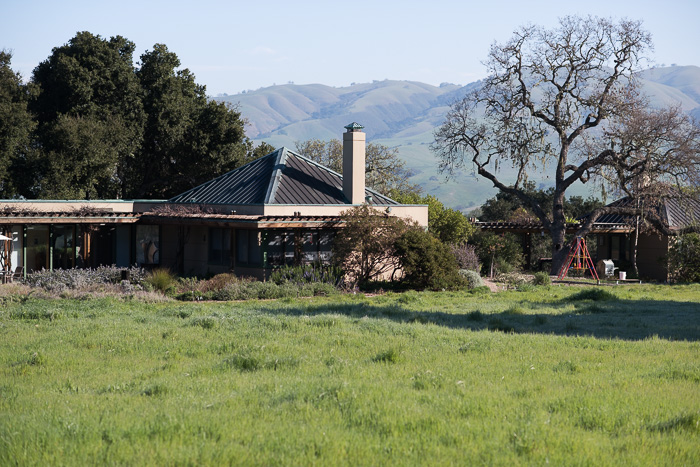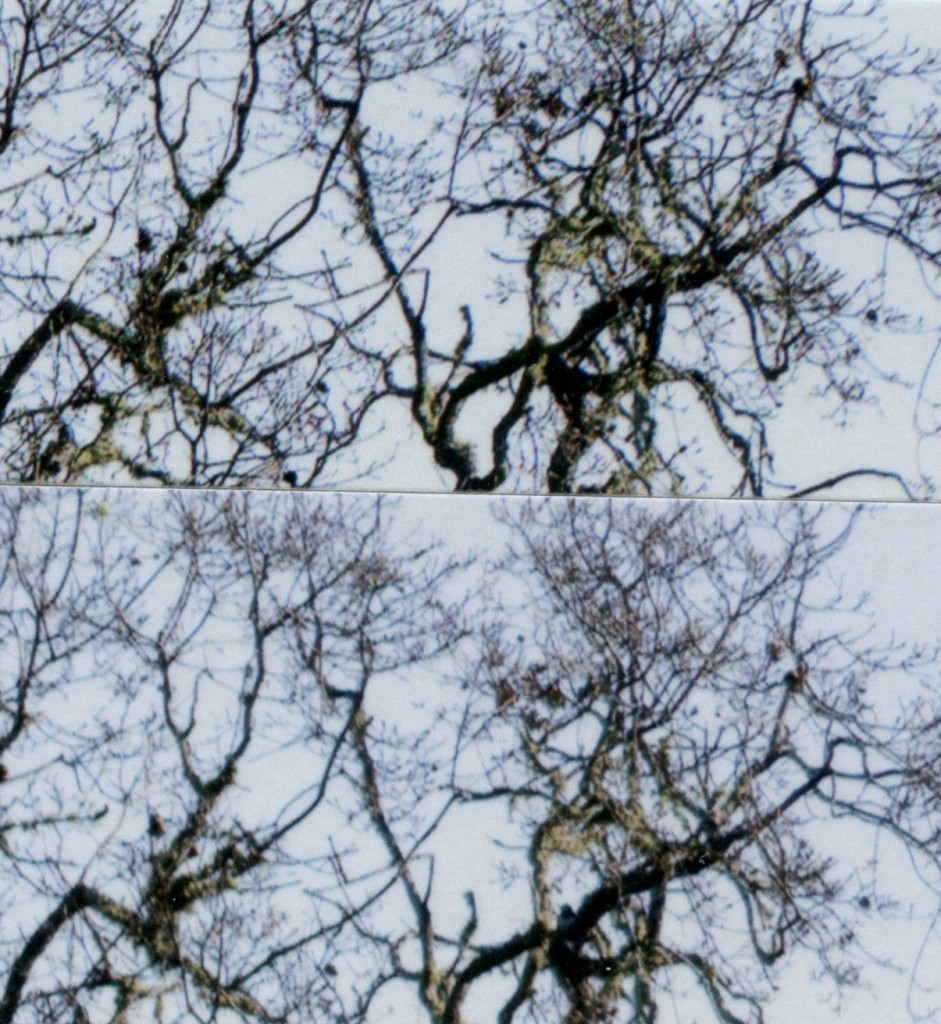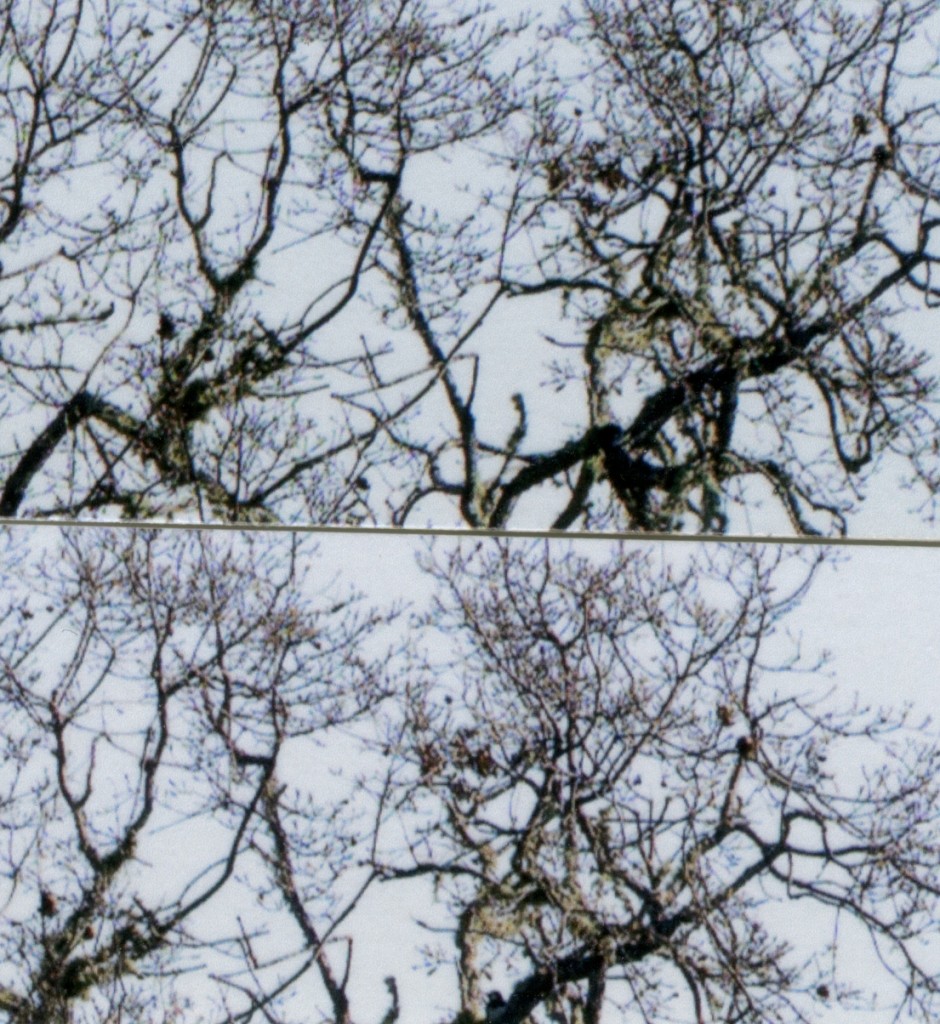Over on Digital Photography Review, a poster whose opinion I respect said something like: “Why are you thinking about buying really expensive lenses; you won’t see any difference unless you’re making five-foot prints.”
I’d heard that before. I’d also heard that you could tell the difference between images from good lenses at screen resolution. Who to believe?
You know me. I had to devise a test. I decided to make prints of the size I most often use: 14×19 inches on C-size (17×22 inch) paper. That gives me an inch and a half border around the image area, which is enough for the framer to use photo corners and still have room for generous mat spacing. I picked a moderately high-resolution camera, the Nikon D810. By full-frame camera standards, it’s very high resolution, with no currently shipping FF camera having more.
I chose what I considered to be a very good lens, and one that I classify as superb. The former is the AF-S Nikon 85mm f/1.4 G, and the latter is the Zeiss 85mm f/1.4 Otus.
Here’s the scene:
I made images with both lenses with the camera on a RRS tripod, Arca Swiss C1 head, electronic first curtain shutter invoked, mirror-up mode, with a 3 second shutter delay. ISO was set to 64. I focused wide open, and made exposures at f/2.8, 4, 5.6, 8, 11 and 16, letting the camera pick the shutter speed.
I brought the images into Lightroom with the default settings and pixel peeped. There were significant differences at f/2.8, moderate ones at f/4, and small ones at f/5.6. After that, the images appeared to be virtual clones.
Here’s a pair of f/2.8 crops enlarged 2:1. On the left is the Nikon lens, and the Zeiss is on the right. Click on the image and view at 1:1 to see what’s going on.
Quite a difference in pixel-peeping mode, isn’t there?
I printed the f/2.8 and f/5.6 images on C-sized Epson Exhibition Fiber paper, using an Epson 4900 printer. I looked. The differences that I’d seen at f/2.8 didn’t seem so important. In fact, they weren’t all that easy to see. I scanned the prints with an Epson V900 scanner at 720 ppi.
The f/2.8 images, with the Zeiss on the top and the Nikon on the bottom:
Again, click on the image and adjust your browser to show it at 1:1.
The differences that we saw in the Lr screen shot are still there, but diminished considerably.
At f/5.6:
The Otus has greater contrast, as it suffers less from veiling flare. Except for that and the color balance of each lens, there’s no material difference. This blowup is a representation of at least as close as the closest you could get to a print without a loupe.
So, at the kind of apertures that I would normally use, I think that my twist on what the DPR poster said was right: the difference between a very good and a truly excellent lens is not at all important in a C-size print.
What about lens character and drawing? I’ll have to think on that.
Addendum 2/20/15:
I’ve been asked for some screen shots of the area in the image for which I posted the scans of the prints. Here you go. In all cases, the Nikon lens is on the left, and the Zeiss on the right. Magnification is 2:1.



Note how different the scale is from the print scans. That means when we’re pixel peeping at 2:1, we are looking at details that we’d only see with a loupe or in massive prints.
As a bonus, here’s an area with a little more texture, and a very fine wire.







I totally agree with you, Jim.
Sure puts things in perspective!
I’ll be interested to see how you go about evaluating rendering characteristics. As you certainly know, it’s such a subjective range of qualities. Leads nicely into your next post about photo forums…. I’m thinking about the many discussions about 3D-ness and how to achieve it!
🙂
we need more of those better rendering lenses than super duper sharp lenses, and that’s why I think Nikon’s design for 58mm f/1.4 is a nice compromise
Sharpness is not everything, but beside being devilishly sharp, the Otus shows the look of a zeiss lens. I have a print destined for a gallery from a scene shot with an A7II and a Leica 28mm Elmarit R, and also the same scene shot with an A7R and the Sony/Zeiss 16-35, also at 28mm. The difference is discernable, with the Leica being the sharper of the two, AND giving more contrast. I haven’t decided which one I like best.
This is really interesting. So if the largest we are likely to print is 19×14, then there seems little point in spending £3,500 on a lens, when the output from the £1000 lens is indistinguishable. For an amateur though, £1000 is still a lot – what about a £400 lens or even a zoom. Would it be possible to repeat the experiment with an even more affordable lens in the mix? And if this is clearly distinguishable at 19×14, then what about at half this size (typical size for most home printers). Thanks!